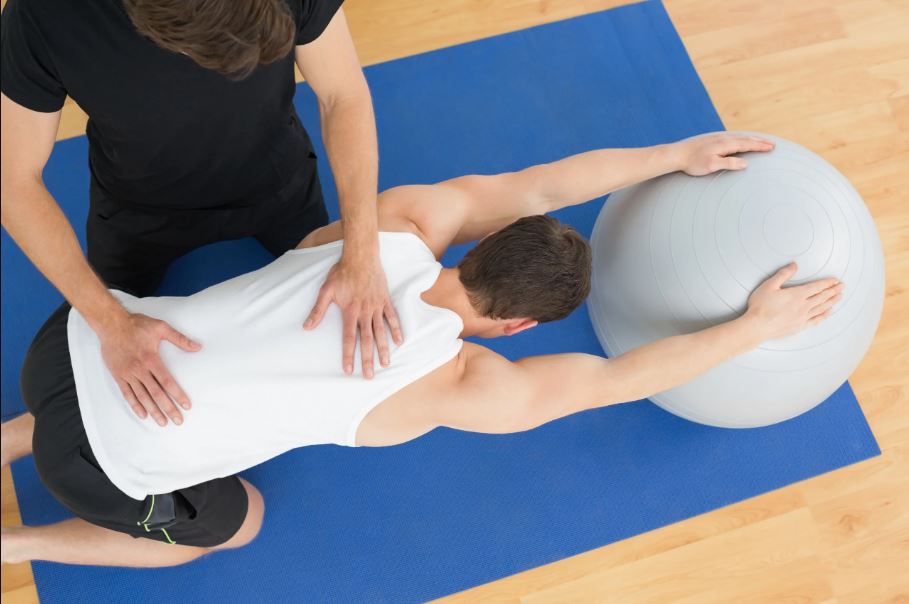When we talk about ‘Pilates Method’ we are referring to this physical and mental training system that combines several disciplines, such as gymnastics, traumatology and yoga, combining them, at the same time, with the exercise of muscular strength, mental control, breathing and relaxation.

Nowadays it is already a well-known and practiced method, but what perhaps some people do not know is that there are different Pilates classes and that each of them can be carried out according to the particular needs of each one.
This is the case of Therapeutic Pilates, which is used to specifically treat people with health problems.
Differences between Pilates and Therapeutic Pilates
What mainly differentiates Therapeutic Pilates from other Pilates classes is the person.
That is, Therapeutic Pilates will deal with patients, with people who need the services of a doctor or health professional, from an examination, assessment, treatment or intervention; while Pilates is aimed more at people who use a gym or studio who seek to improve the mobility of the body and their general state of well-being, but who do not have any previous specific pathology or ailment that requires a specific treatment.
The other key difference is found in the professional who leads the session. Pilates is a group activity taught by a monitor, before a class that is not usually divided by age or levels or needs.
On the other hand, Therapeutic Pilates is taught individually by a physiotherapy professional with the necessary knowledge and experience to be able to treat people with muscle or joint pain.
Objective: end the pain
The great goal of people who practice Therapeutic Pilates is to not have pain.
These are patients who need to recover from an injury or solve some pathology, and this is achieved by working on joint mobility, muscle strength, balance and coordination.
The goal will always be to achieve complete autonomy that helps them recover their normal activity.
The benefits of undergoing Therapeutic Pilates sessions are many. And, furthermore, in most cases they can be observed in a few days.
Improvement of muscle flexibility, increase in joint mobility, reduction of muscle stiffness, increase in muscle power and physical resistance, improvement of body posture, strengthening of the skeletal system, reduction of chronic pain, relaxation of the mind… and It even improves mood and sleep quality.
And if we talk about the benefits of Therapeutic Pilates, we can talk about both physical benefits and emotional and psychological benefits.
That is, on the one hand we can:
Reduce joint stiffness or movement limitations
Improve movement capacity, quality and efficiency
Improve stability of the shoulder girdle, trunk and hip
Perform movements without pain
Rehabilitate injuries related to the musculoskeletal system
Avoid relapse of treated lesions
And, on the other hand, we will also achieve:
Benefits on the patient’s self-esteem: feeling that movement is recovering little by little, having a routine, feeling a certain exhaustion from exercise… all this contributes to increasing motivation, with direct consequences on the person’s self-esteem.
Recover hope: patients with injuries or ailments can come to have certain disabling beliefs, to truly believe that they will never fully recover and that the pain they feel will not disappear. Therapeutic Pilates sessions provide improvements from the first session and, therefore, manage to restore hope. You can see the path ahead, but also that this path has an end and that it can be a happy ending.
End the patient’s feeling of loneliness: people who suffer pain or who momentarily have little ability to move due to their injury or physical problem may stop sharing or socializing, falling into a loneliness that becomes counterproductive to their recovery. Starting Therapeutic Pilates sessions, trusting the professional person who leads them, and sharing the pain (physical and mental) that you experience with someone who can understand you, contributes in a very significant way to recovering socialization.
